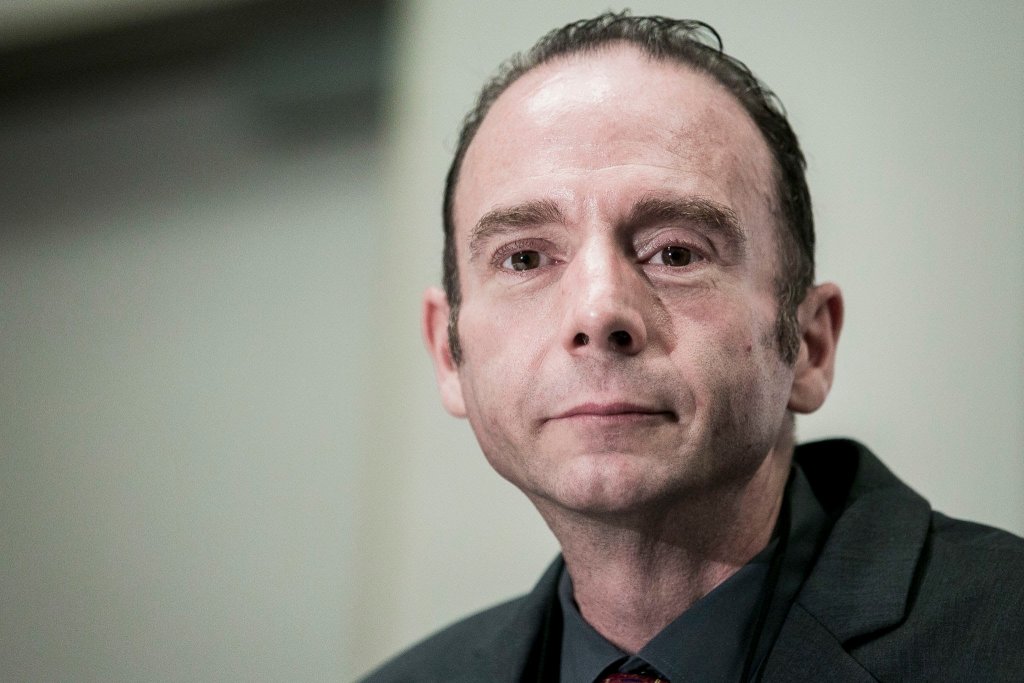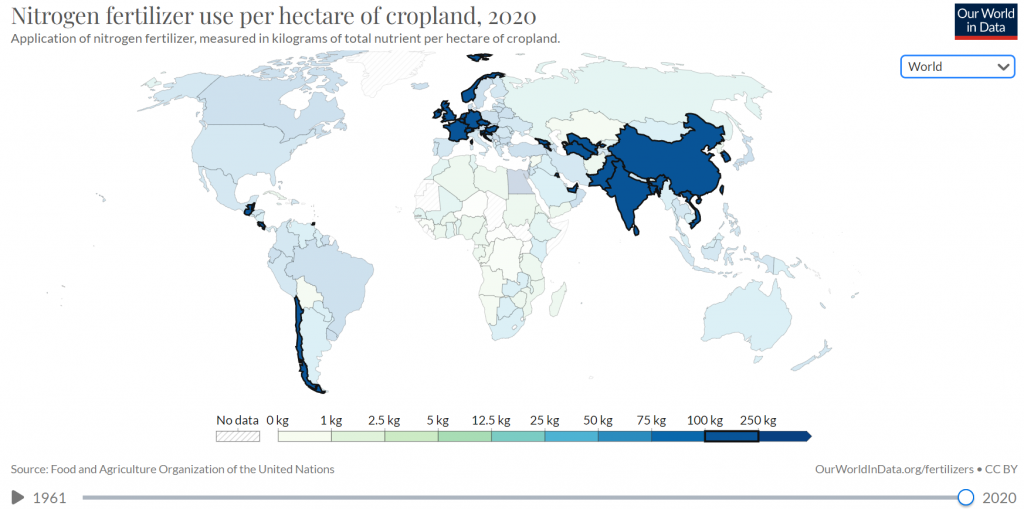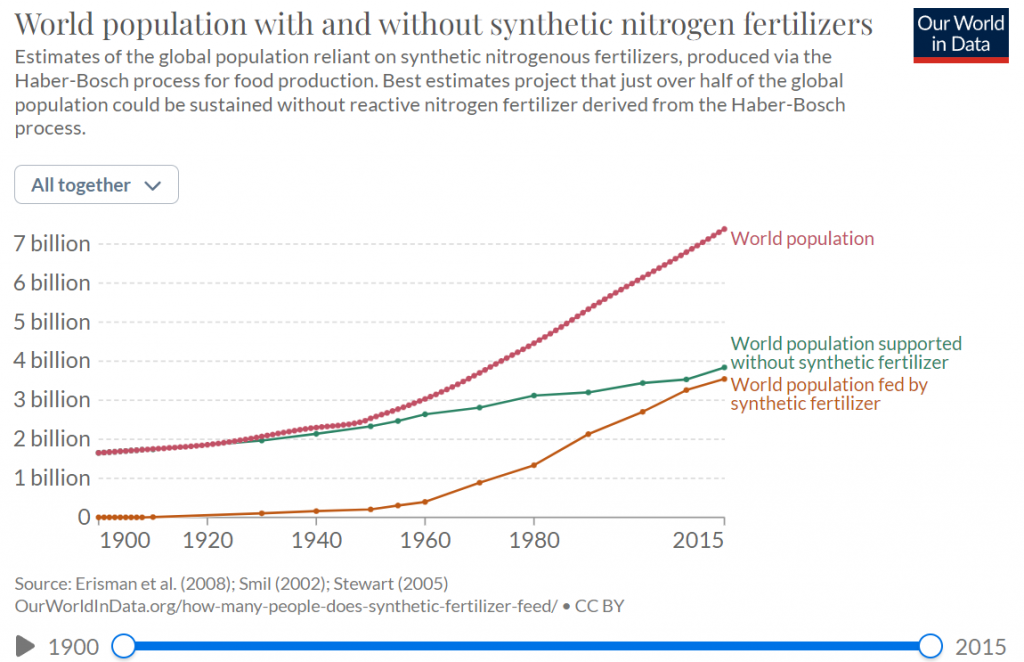Cell-ebrities of Regeneration: The Stem Cell Odyssey
.
Insights from a Lab Visit
Whilst visiting the labs of PhD students, I learned about the endless possibilities of stem cell engineering and was excited by the prospect that if any of my own cells ever faltered, there was potential of replacing them. Also, I was particularly captivated by a PhD student (Aya Ben Issa’s) and her research investigating how suspending cancer stem cells in hydrogels of different elasticity’s affects their proliferation. Recognising that this research could be instrumental in targeting cancer tumour progression, I felt inclined to research stem cells further.
Ethical Reflections on Stem Cell Utilization
Initially my attention was drawn to the ethical considerations surrounding their usage, and the contentious nature of “embryonic stem cells” in particular. A popular argument is that obtaining these cells involves “murder”. This disheartened me and as a catholic I felt obligated to investigate if this process contradicted my religious responsibilities. I was reminded of Isaiah 49:1; “Before I was born the Lord called me” showing the value of life prior to even being formed. Ethical concerns even burdened powerful people such as George W. Bush, hence he reduced stem cell funding. However, my own ethical conundrum was quickly squashed when learning about Shinya Yamanaka in a lecture. He minimised the need for embryonic stem cells by discovering that in mice, activating genes such as Oct4 and Sox2 allowed the skin cells to transform into pluripotent stem cells. These could differentiate into an extensive array of other cell types without harming embryos.
The Futures Coming…For Better or For Worse?
Future technological advances such as CRISPR gene editing technology also interest me. Precise modifications can be made to the stem cell genome to enhance their regenerative potential and by altering defective genes, the stem-cells can directly replace the faulty cells. This tailor-made approach is more personalised than giving a patient generic medication and hence may yield more effective results and reduce rejection in patients. $1.58 billion was spent on stem cell research in America in 2017 and having personalised treatment would cause further financial strain. I fear this could result in a system where the rich live longer than the poor. Despite this potential injustice, I am in support of the extra funding and take a consequentialist approach as the significant number of people this could help (such as The Berlin Patient) outweighs the ethical dilemmas.
The Berlin Patient

.
Known as The Berlin patient, Timothy Ray-Brown was diagnosed with acute-myeloid-leukaemia and HIV. He received HIV resistant stem cells (Attributed to CCR5-Delta-32 mutation) that cured both his Leukaemia and HIV. Reading about this confirmed my opinion that extensive funding for stem cell research is imperative for the future.
.
.
The Legality of Stem Cell Use
The use of embryonic stem cells is legal in the UK, dictated by acts such as the “Human Fertilisation and Embryology (Research Purposes) Regulations” (2001). Only absolutely necessary research was permitted yet who dictates what’s necessary? Politicians? Scientists? Religious Zealots? I believe in Cleisthenes (referred to as the founder of democracy) and his approach where the majority opinion is implemented. In society, law often shapes social acceptance, yet my belief is that complying with legal standards doesn’t automatically guarantee that you are acting with moral integrity.
To Conclude…
Overall, despite my ethical concerns, I remain convinced that stem cells are warranted in our society and the excitement within the scientific community has grown my interest. I have been amazed by their potential, highlighted in my video below:




This is an initially reflective and well researched blog showing how you have chosen to explore the emerging field of…
This is a good attempt at a blog, where you reflect on your recent learning at a lecture/workshop to describe…
This is a fair to good blog, reflecting on your recent learning in some of your modules. You provide a…
This is an engagingly written and reflective blog focussed in general on ethics in medicine. You might improve by citing…
This is a good and well written an presented blog on an original subject - biofilms on implants. You explain…